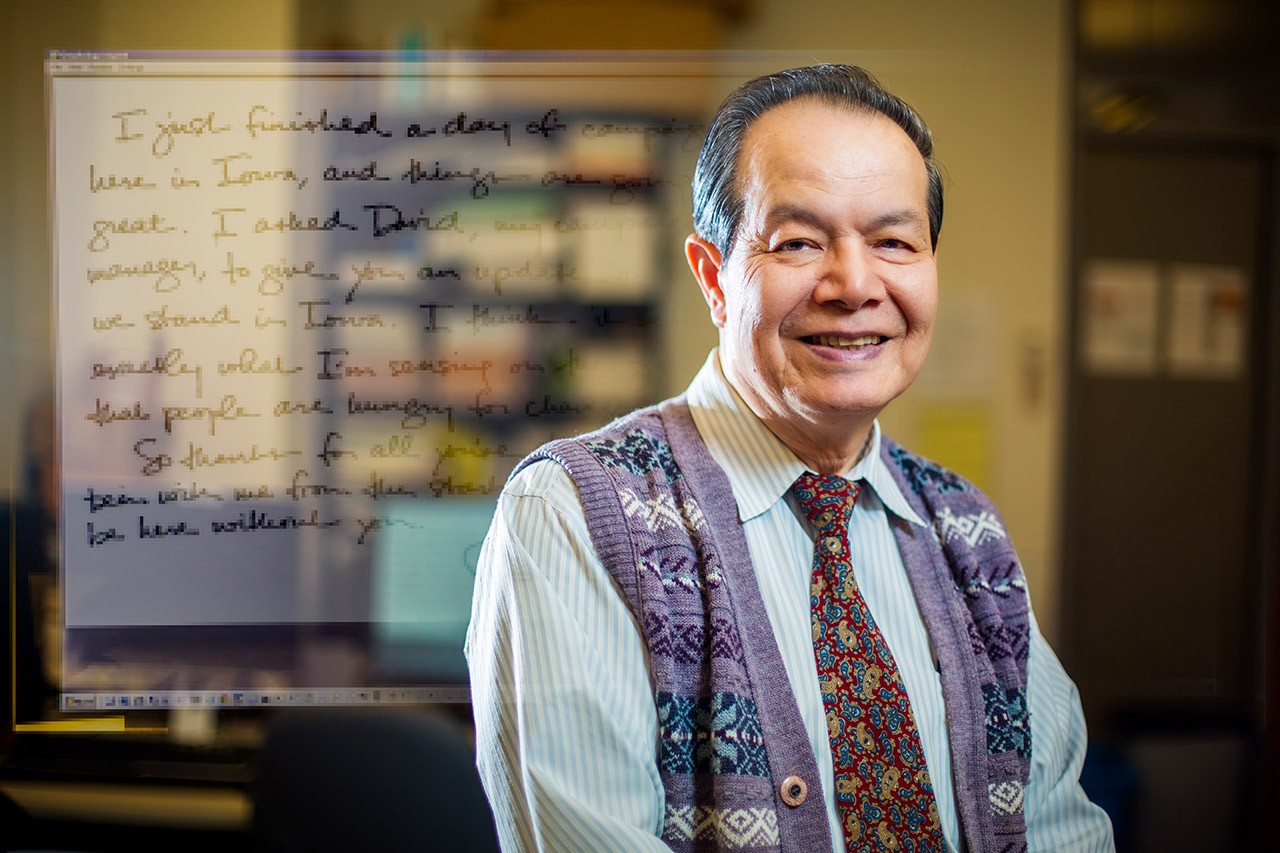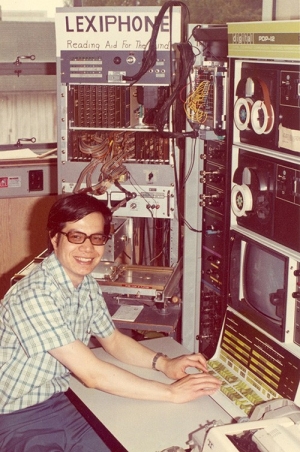Other applications of the Concordia-created technology include automatic mail-sorting services and financial industry security. With research associates from within the university and from other Montreal institutions, such as École de technologie supérieure and École Polytechnique de Montréal, Suen has been able to apply his innovation to the identification of counterfeit currency as well as facial-recognition software and symbol analysis for use in the transportation industry.
He notes that research partnerships, both within the university and outside Concordia’s walls, have constituted principal components of the research centre. Suen says that the wide scope of CENPARMI’s research, coupled with the talents and expertise of the centre’s members and staff, have provided a stimulating environment in which to work on challenges in theoretical and experimental computer science and engineering.
An AI hub 30 years in the making
Now celebrating a milestone 30th anniversary, CENPARMI has become a local hub of innovation and collaboration over the decades — and boasts the membership of several prominent Concordia researchers and important industry partners.
CENPARMI’s achievements along the way have been impressive. Suen himself has published 14 books and more than 500 papers, and many of these have been widely cited. Others’ findings have been applied in practical environments involving handwriting recognition, thinning methodologies, font analysis and multiple classifiers.
Suen has supervised well over 100 graduate students — alumni of note include Nenghong Fu, MCSc 04, principal sci- entist of enterprise application at the software company SAP; Chun Lei He, MCSc 05, PhD 10, a data scientist at Manulife Financial; Yan Zhang, BCSc 03, MCSc 06, quality assurance manager at Nuance Communications; Muna Khayyat, PhD 13, a technology associate at investment bank Morgan Stanley; and Didier Guillevic, PhD 95, a Government of Canada scientist.
Many other Concordia researchers with expertise in AI-related fields are also associated with CENPARMI, including Sabine Bergler, who investigates meaning and context behind words; Adam Krzyzak, who conducts research on handwriting analysis and facial recognition; Tien Bui, whose major projects include building computers that mimic human vision; Tristan Glatard and Marta Kersten-Oertel, both of whom are involved in medical image analysis; Nawwaf Kharma, MSc 16, a specialist in nature- inspired computing; Tiberiu Popa and Charalambos Poullis, leaders in visual computing; and Leila Kossem, a natural language-processing expert who is the current vice-president of the Canadian Artificial Intelligence Association.
Suen points out that the centre’s work has recently tapped into the global Zeitgeist of machine learning and performance. Yet as he tells it, this discipline of study has been around since long before this most recent tech boom. “At its core, artificial intelligence is transferring human knowledge to computers so that they can perform human functions,” he says.
In addition to his work in this anniversary year, the director of CENPARMI says he’s been completely swept up in organizing the inaugural International Conference on Pattern Recognition and Artificial Intelligence, which will be held at Concordia in May 2018.
Suen reports that he’s assembled a “dream team” of speakers on the subject of AI, including renowned forensic scientist Henry Lee — whom Suen calls the “Sherlock Holmes of the United States” — and Patrick H. Winston, Ford Professor of Artificial Intelligence and Computer Science at the Massachusetts Institute of Technology, among many others.
He’s also organized a special lecture on the subject of deep learning, to familiarize the public with how he goes about “teaching” a computer to learn to sift through knowledge databases to identify objects — the very basis of AI.
The Centre for Pattern Recognition and Machine Intelligence is supported in part by the Government of Canada’s Research Support Fund, which provides funds for a portion of the administrative and maintenance costs associated with managing research units and infrastructure platforms.
 Ching Yee Suen is director of Concordia’s Centre for Pattern Recognition and Machine Intelligence. Handwriting analysis at CENPARMI can uncover key personality traits of the writer.
Ching Yee Suen is director of Concordia’s Centre for Pattern Recognition and Machine Intelligence. Handwriting analysis at CENPARMI can uncover key personality traits of the writer.
 Ching Yee Suen conducting research on a computerized reading aid for the blind as a PhD student at the University of British Columbia in 1968.
Ching Yee Suen conducting research on a computerized reading aid for the blind as a PhD student at the University of British Columbia in 1968.